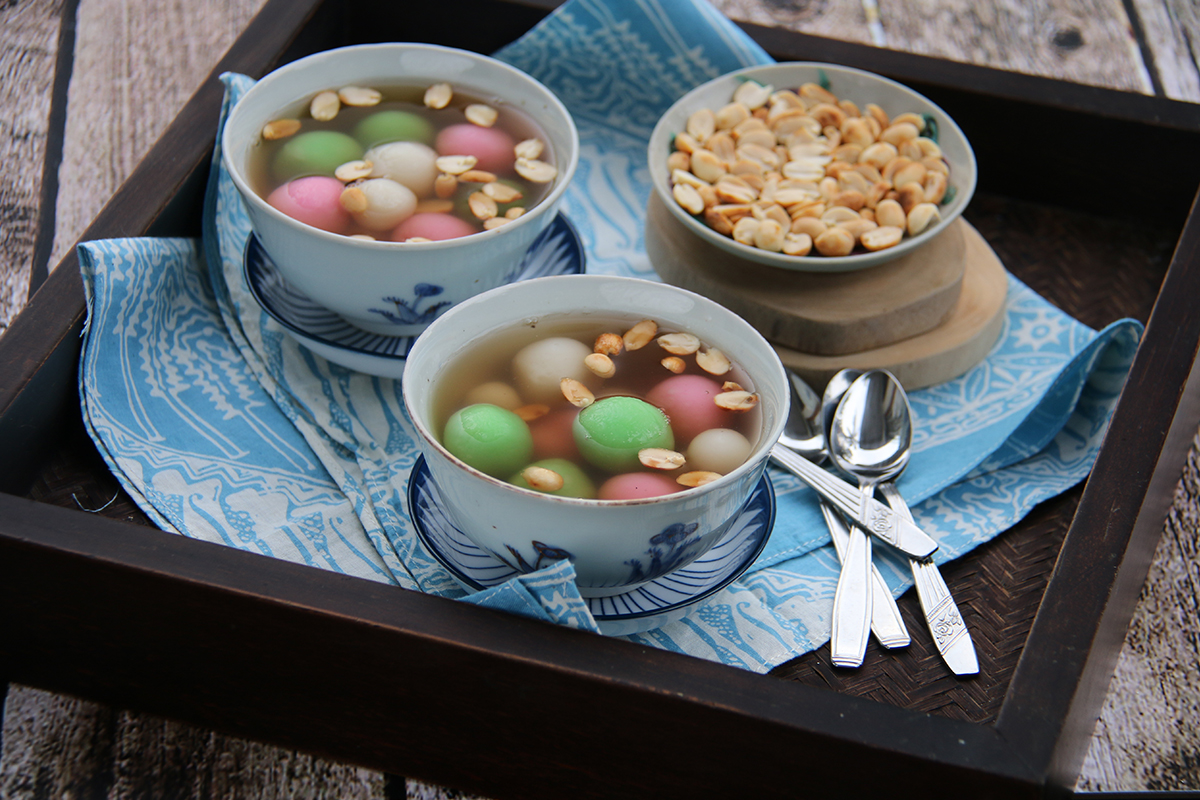Ballo, a traditional alcoholic beverage from the Toraja region in Indonesia, holds deep cultural significance. Known locally as "Mayang" or "Manyang," it is often referred to as "Tuak" in Indonesian and "Local Alcoholic Beverage" in English. For the Bugis people, Ballo symbolizes the importance of preserving cultural heritage. The drink comes in two main varieties: Ballo Kacci and Ballo Cenning. Its production involves a meticulous process that has been passed down through generations, reflecting the community's connection to nature and tradition.
The Cultural Significance of Ballo

The word "Ballo" carries profound philosophical meaning. Traditionally consumed during customary ceremonies, it serves as a medium to foster strong interpersonal relationships within the community. In Toraja culture, Ballo is also seen as a symbol of masculinity and bravery. It is believed that consuming Ballo instills courage and prepares individuals for challenges they may face. Additionally, it is viewed as a source of mental tranquility and blessings for those who partake in it.
This cultural reverence for Ballo underscores its role beyond mere consumption. It is a ritualistic element that strengthens social bonds and reinforces communal values. The act of sharing Ballo during gatherings fosters unity and respect among participants, making it an essential part of Torajan identity.
The Process of Making Ballo

To create Ballo, specific materials are required. The primary ingredient is the sap (nira) of mature palm trees such as aren, lontar, or nipah. These trees must be at least five years old to ensure a sufficient yield. Essential tools include a small knife, ropes made from rotan or plastic, and bamboo tubes or clean jerrycans to collect the nira.
The process begins by selecting a healthy, flowering tree. The flower stalks are gently tapped daily for three to five days to soften the fibers and encourage nira flow. A small portion of the male flower stalk is carefully cut, and a container is placed beneath the cut to collect the dripping nira. This process is repeated daily, with the nira collected twice a day—morning and evening.
After collection, the nira is left to ferment naturally for 4-8 hours, transforming into sweet Ballo. For a stronger version, the nira can be left longer to allow further fermentation. Some communities add bark from laja-laja or jackfruit trees to accelerate fermentation and enhance flavor.
This method of production highlights the harmony between human activity and natural processes. The careful attention to detail in each step ensures the quality and authenticity of the final product, preserving the traditions of the Toraja people.
The Role of Jackfruit in Agriculture

While Ballo is a cultural treasure, the jackfruit (Artocarpus heterophyllus) plays a significant role in agriculture. Known as "nangka" in Indonesian, this fruit is widely cultivated for its versatility and nutritional value. The jackfruit tree belongs to the Moraceae family and is known for its large, sweet fruits.
For farmers, choosing high-quality seeds is crucial for successful cultivation. Professional growers often have the expertise to produce superior seedlings, while beginners require guidance and experience. One effective propagation technique is cangkok susu, a method that differs from conventional grafting.
Cangkok Susu: An Innovative Grafting Technique
Cangkok susu involves using multiple young roots of the same species attached to a mature branch. This technique offers several advantages over traditional grafting methods. It allows for faster growth, stronger root systems, and quicker fruiting. Unlike conventional grafting, which requires a standard-sized branch, cangkok susu can be applied to larger branches, making it more versatile.
The process begins by preparing young seedlings, which are then trimmed and grafted onto the selected branch. A layer of cocopeat or wood shavings is used as a medium, wrapped in plastic and secured with tape or rafia. This method ensures optimal conditions for root development and plant survival.

Key steps in the cangkok susu technique include:
- Preparation of Seedlings: Select healthy seedlings and trim them to the appropriate size.
- Branch Selection: Choose a suitable branch on the parent tree and make precise cuts to prepare for grafting.
- Grafting: Attach the seedling to the branch, ensuring a tight fit and securing it with tape or plastic.
- Media Application: Use cocopeat as a growing medium, ensuring it is properly sterilized and moistened before application.
- Monitoring: Regularly check the graft site for signs of successful integration and adjust as needed.
This innovative technique not only enhances the growth of jackfruit plants but also promotes sustainable farming practices. By utilizing cangkok susu, farmers can achieve higher yields and better-quality fruits, contributing to the economic and environmental well-being of their communities.
In conclusion, both Ballo and jackfruit cultivation reflect the rich cultural and agricultural heritage of Indonesia. Ballo, with its deep-rooted traditions, continues to play a vital role in Torajan society, while the jackfruit, through advanced propagation techniques like cangkok susu, supports sustainable agricultural practices. Together, they highlight the importance of preserving indigenous knowledge and embracing modern innovations for future generations.











